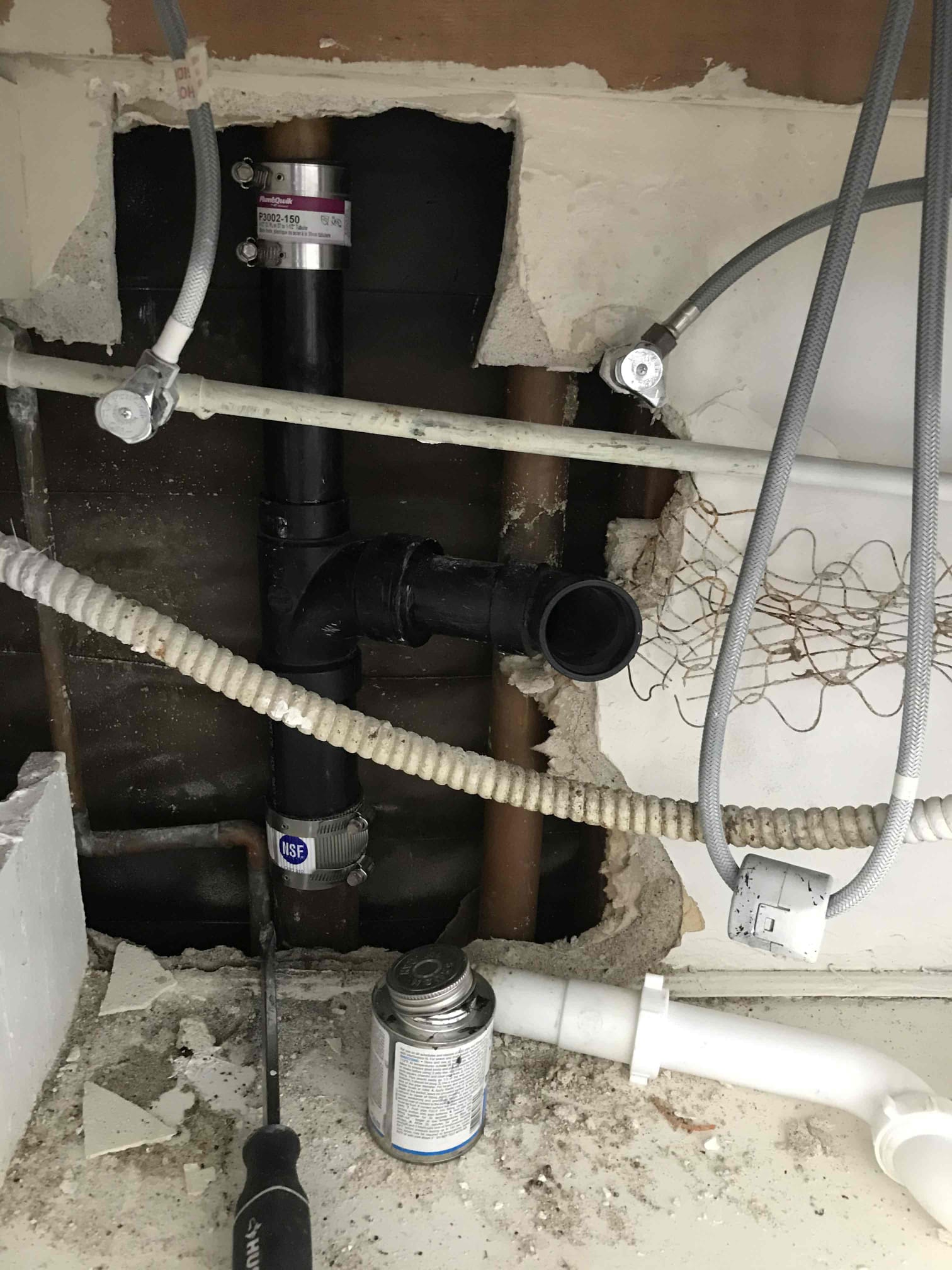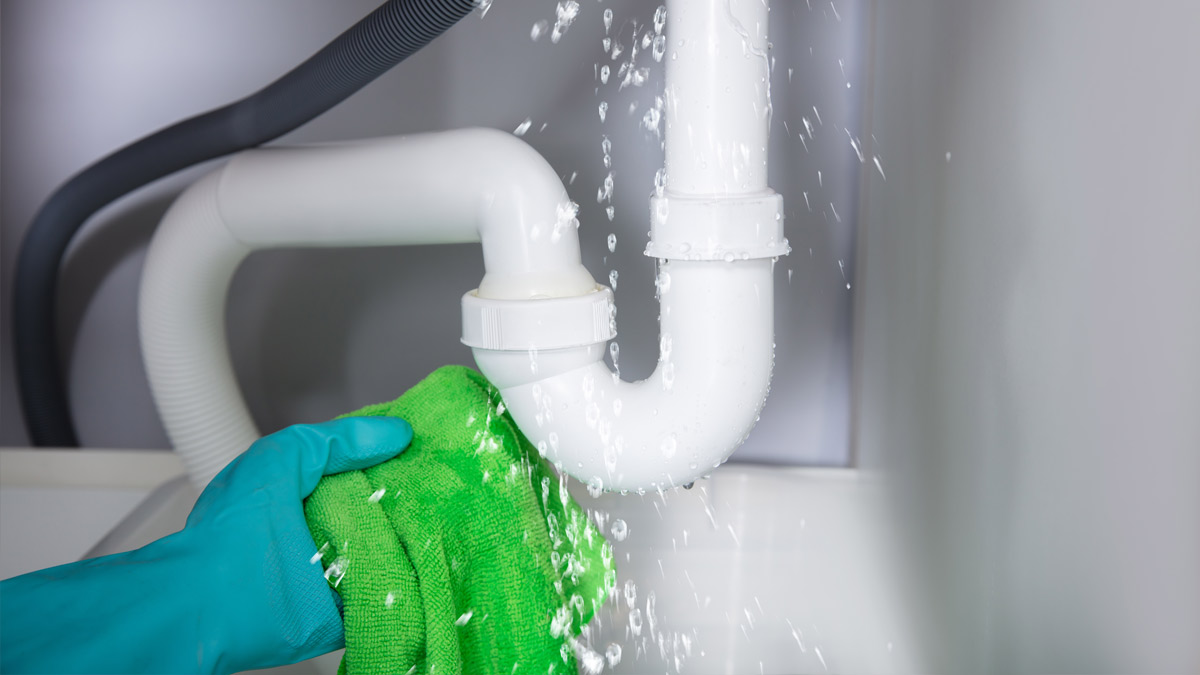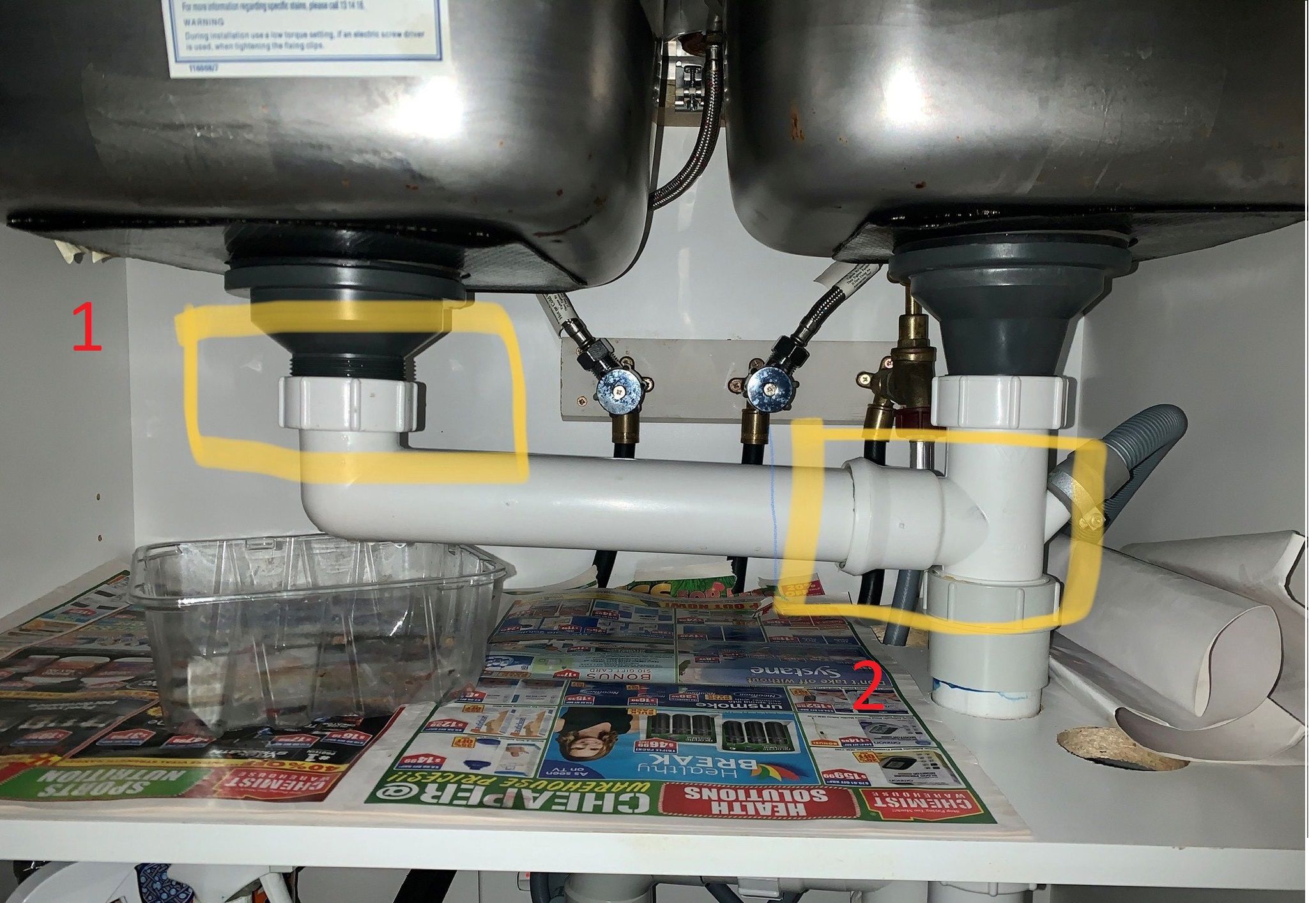If you've noticed a puddle of water under your kitchen sink or a constant drip from your sink drain, it's time to address the issue. A leaking kitchen sink drain may seem like a minor inconvenience, but if left unchecked, it can lead to bigger problems like water damage and mold growth. Luckily, repairing a leaking kitchen sink drain is a relatively simple DIY task that can save you time and money. In this article, we'll go over the steps to fix a leaking kitchen sink drain and provide some tips for preventing future leaks.How to Repair a Leaking Kitchen Sink Drain
The first step in fixing a leaking kitchen sink drain is to identify the source of the leak. This can be done by inspecting the sink and drain pipes for any visible cracks or damage. If you don't see any obvious issues, the leak may be coming from the seals or connections between the pipes. In this case, you'll need to disassemble the drain pipes to access the seals and connections. To disassemble the drain pipes, start by placing a bucket or towel under the sink to catch any water that may spill out. Then, use a wrench to loosen the connections between the drain pipes and remove them. Once the pipes are removed, you can inspect the seals and connections for any damage or wear and tear. If you notice any issues, you can replace the damaged parts with new ones.How to Fix a Leaky Kitchen Sink Drain
If the leak is coming from a damaged pipe, you can easily fix it with some plumber's tape or epoxy putty. Simply wrap the tape around the damaged area or apply the putty to seal the leak. Make sure to let the putty dry completely before reassembling the drain pipes. If the leak is coming from a worn or loose seal, you can try tightening the connections or replacing the seal with a new one. Before reassembling the drain pipes, make sure to clean the pipes and connections thoroughly to ensure a proper seal.DIY Kitchen Sink Drain Repair
To summarize, here are the steps to repair a leaking kitchen sink drain:Steps to Repair a Leaking Kitchen Sink Drain
Now that you know how to fix a leaking kitchen sink drain, let's take a look at some common causes of these leaks. Understanding the root cause can help you prevent future leaks and save you from having to constantly repair your sink drain. One of the main causes of a leaking kitchen sink drain is wear and tear. Over time, the seals and connections between the drain pipes can become loose or damaged, leading to leaks. Another common cause is clogs. If debris and food particles build up in your drain pipes, it can put pressure on the seals and cause them to leak. That's why it's important to regularly clean your drain pipes to prevent clogs.Common Causes of a Leaking Kitchen Sink Drain
Repairing a leaking kitchen sink drain doesn't require a lot of tools, but having the right ones can make the job easier. Here are some tools you'll need for this DIY project:Tools Needed for Repairing a Leaking Kitchen Sink Drain
To avoid the hassle of dealing with a leaking kitchen sink drain, here are some tips for preventing future leaks:Tips for Preventing a Leaking Kitchen Sink Drain
If you're not comfortable with DIY plumbing projects or if the leak in your kitchen sink drain is too severe, it's best to hire a professional. A licensed plumber will have the experience and tools to quickly and effectively repair any leaks in your kitchen sink drain. Plus, they can also inspect your pipes for any other potential issues and make sure everything is working properly.Professional Kitchen Sink Drain Repair Services
In some cases, the damage to your kitchen sink drain may be too extensive to repair and it's better to replace it entirely. If this is the case, you'll need to purchase a new sink drain kit and follow the manufacturer's instructions for installation. This may involve removing the old drain pipes and installing the new ones, as well as attaching the sink drain to the sink itself. If you're not comfortable with this type of DIY project, it's best to hire a professional to ensure proper installation.How to Replace a Leaking Kitchen Sink Drain
Lastly, it's important to know the signs that your kitchen sink drain needs repair before it becomes a bigger issue. Some common signs include a constant drip or puddle under your sink, slow draining water, and foul odors coming from your sink. If you notice any of these signs, it's best to address the issue as soon as possible to prevent further damage. In conclusion, a leaking kitchen sink drain can be a minor annoyance or a major problem depending on the severity of the leak. By following the steps outlined in this article, you can easily fix a leaking kitchen sink drain and prevent future leaks. Remember to regularly clean your drain pipes and make any necessary repairs or replacements to keep your kitchen sink functioning properly.Signs That Your Kitchen Sink Drain Needs Repair
How to Repair a Leaking Kitchen Sink Drain: A Complete Guide

Having a leaking kitchen sink drain can be a frustrating and messy problem to deal with. Not only can it lead to water damage and mold growth, but it can also be a major inconvenience in your daily kitchen routines. However, with the right tools and techniques, repairing a leaking kitchen sink drain is a task that can be easily tackled by any homeowner. In this article, we will provide you with a step-by-step guide on how to repair a leaking kitchen sink drain.
Step 1: Identify the Source of the Leak

The first step in repairing a leaking kitchen sink drain is to identify where the leak is coming from. This will help you determine the best course of action to take. Common sources of leaks in a kitchen sink drain include loose connections, worn out gaskets, and cracked pipes. Inspect the area under your sink and look for any signs of water dripping or pooling. If you can't see the source of the leak, try running water down the drain and see where it is coming from.
Step 2: Gather Your Tools and Materials

Once you have identified the source of the leak, it's time to gather the necessary tools and materials for the repair. Some of the essential tools you will need include pliers, a wrench, and a screwdriver. You may also need to purchase replacement parts such as gaskets or pipes, depending on the source of the leak.
Step 3: Turn Off the Water Supply

Before starting any repairs, make sure to turn off the water supply to your sink. This will prevent any water from flowing and causing more damage while you are working on the drain.
Step 4: Repair the Leak
If the leak is coming from a loose connection, use your pliers to tighten the nuts and bolts. If the leak is caused by a worn out gasket, remove the old gasket and replace it with a new one. You may need to use a wrench to unscrew the connecting pipes and access the gasket. If the leak is coming from a cracked pipe, you will need to replace the damaged section with a new pipe.
Step 5: Test the Repair
Once you have completed the repair, turn the water supply back on and test your sink's drainage. Run water down the drain and check for any signs of leakage. If the leak persists, you may need to repeat the repair process or seek professional help.
Remember to clean up any excess water and dry the area under your sink before using it again.
Prevent Future Leaks

To avoid dealing with a leaking kitchen sink drain in the future, regularly check and maintain your sink's plumbing . Tighten any loose connections, replace worn out gaskets, and watch out for any signs of leakage. It's also essential to be mindful of what you put down your sink drain, as clogs can also lead to leaks.
By following these steps and taking preventive measures, you can easily repair and prevent any future leaks in your kitchen sink drain. Remember to always prioritize safety and if you are unsure about any repairs, don't hesitate to seek professional help.




























































/134136257_1156706701411203_9050681446200946902_n-73e5fc8ff4ba4d6990b993d5f21c3318.jpg)

